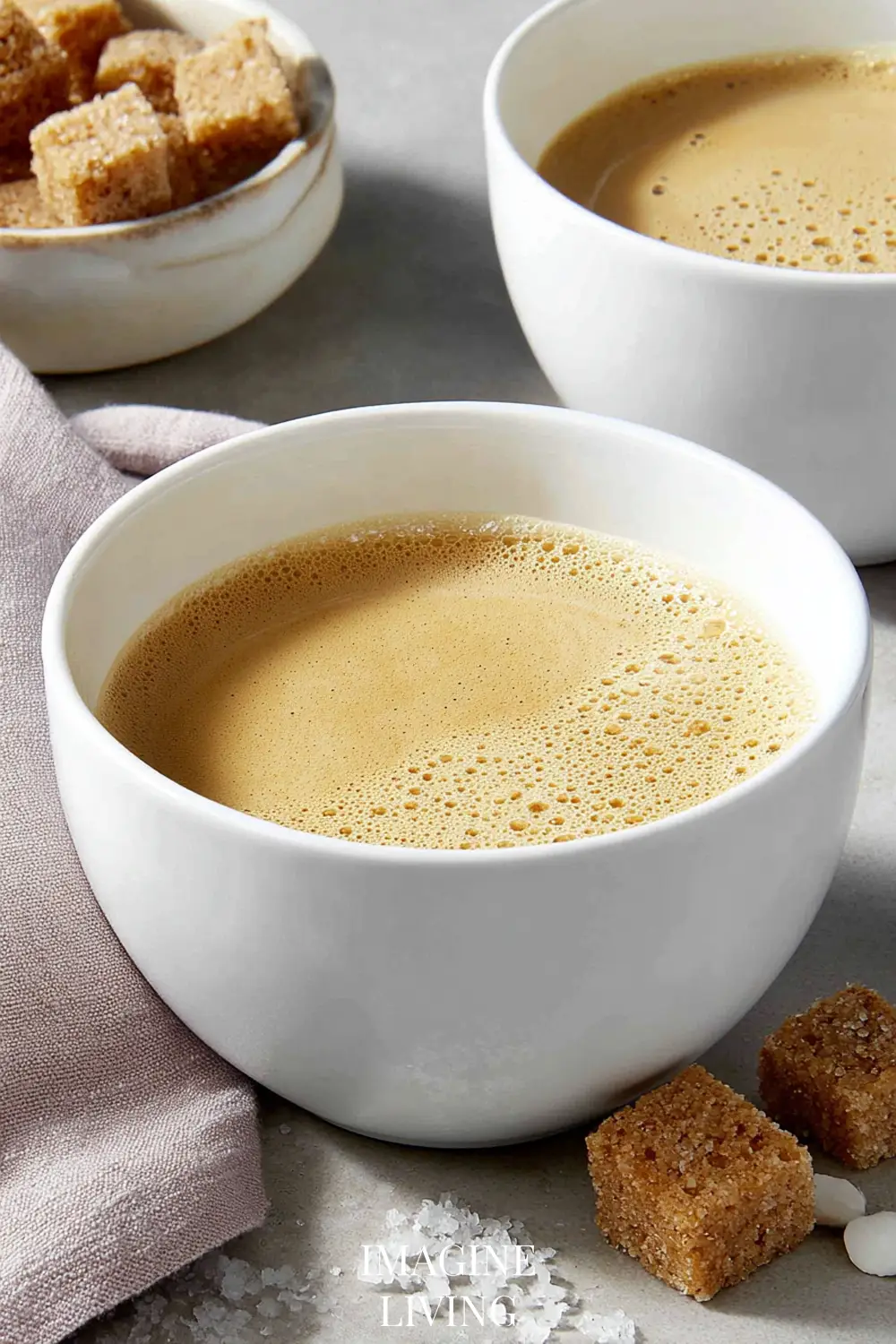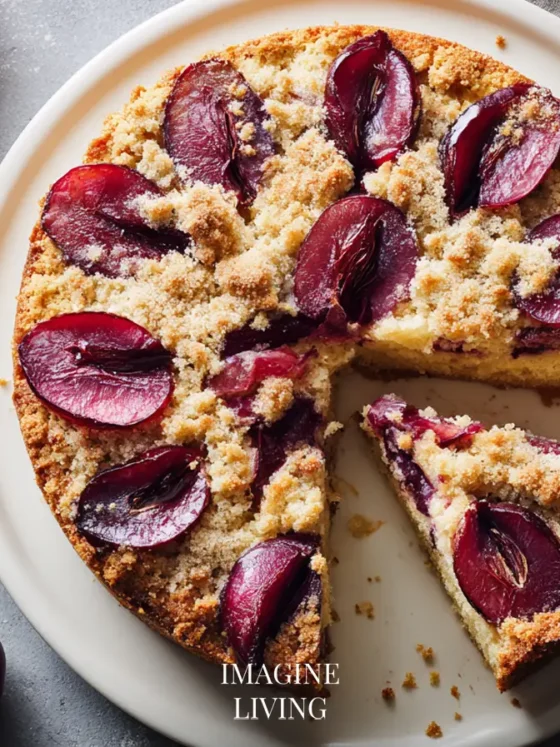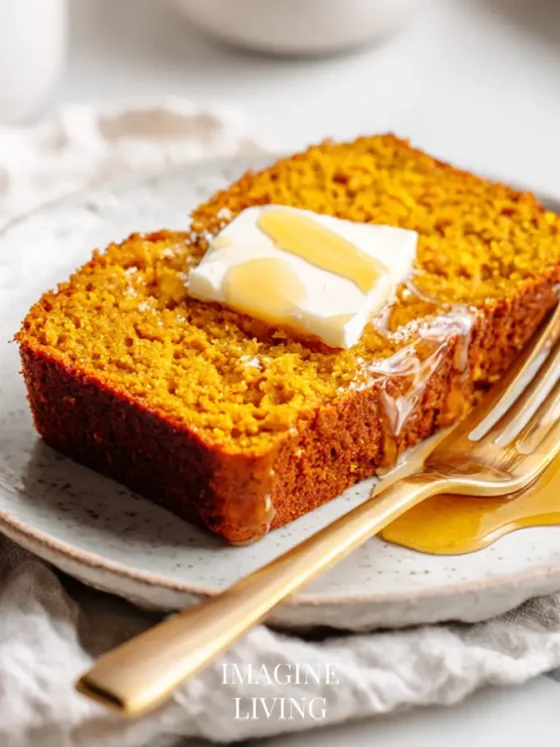The Essentials of a Classic French Breakfast
Flaky pastries that shatter delicately at first bite. Toasted slices of baguette smeared with golden butter and sweet, sun-ripened jam. A cup of strong, milky coffee warming your hands as morning light filters through the window. The French breakfast is a quiet celebration of texture, balance, and simplicity—a meal that invites you to pause and savor. It isn’t grand or elaborate, but deeply comforting and intentional. Whether you’re starting a weekday or easing into a weekend, this breakfast sets the tone with grace.
“To love is nothing. To be loved is something. But to love and be loved, that’s everything.” – T. Tolis

Why You’ll Love This Recipe
A French breakfast is a delightful start to any day, easy to assemble and filled with flavor.
- Brings French charm to your morning routine
- Requires minimal cooking—just assemble and enjoy
- Elegant and light, yet satisfying
- Perfect for casual mornings or special brunches
- Customizable with your favorite pastries or jams
“Cooking is love made visible.”
Ingredients: What You Need for a Classic French Breakfast
Makes 2 servings
Fresh Pastries (Viennoiseries)
- 2 croissants, fresh from a bakery or baked at home
- 2 pain au chocolat or chausson aux pommes (optional)

Try This Buttery Croissant Recipe for a Taste of French Morning Magic

Bread and Spreads
- 1 fresh baguette, sliced
- 2 tablespoons cultured butter
- 2 tablespoons fruit jam (apricot or raspberry)

Coffee
- 2 cups café au lait or espresso
- Warm milk (optional, for café crème)

Juice and Fruit
- 1 cup freshly squeezed orange juice
- Seasonal fruit slices or 1/2 cup compote (optional)

Dairy (Optional)
- 1/2 cup plain yogurt or fromage blanc
- 1 teaspoon honey or fresh fruit topping

Equipment Needed
- Bread knife
- Coffee maker or espresso machine
- Juicer (manual or electric)
- Serving plates and cups

Step-by-Step Guide to Enjoying a French Breakfast at Home
Step 1: Warm the Pastries
If not freshly bought, gently warm your croissants or pain au chocolat in the oven at 300°F (150°C) for 5–7 minutes.
Tip:
Avoid microwaving to keep the flaky texture intact.
Imagine the buttery aroma filling your kitchen as the pastries crisp to golden perfection.
Step 2: Slice the Baguette
Cut the baguette into manageable slices or lengthwise for tartines.
Tip:
Use a serrated knife to avoid compressing the airy crumb.
Step 3: Prepare the Spreads
Place the butter and jam in small ramekins or spread directly on warm baguette slices.
Tip:
Let butter soften slightly for easier spreading and richer flavor.
“Breakfast shared is happiness doubled.” – Unknown
Step 4: Brew the Coffee
Make café au lait by combining strong brewed coffee with hot milk, or prepare espresso for a more traditional café experience.
Tip:
Froth the milk for café crème if you want a café-like finish.
Step 5: Juice and Fruit
Freshly squeeze oranges and serve juice in small glasses. Add seasonal fruit or compote to your plate for balance.
Tip:
Use blood oranges or tangerines for a sweet twist.
Step 6: Optional Dairy
Spoon plain yogurt or fromage blanc into bowls and drizzle with honey or top with fruit.
Tip:
Chill yogurt in glass bowls beforehand for a refreshing contrast.
Time Needed
- Prep Time: 10 minutes
- Cook Time: 0 minutes (just warming)
- Total Time: 10 minutes
Pro Tips for the Perfect French Breakfast Experience
- Warm pastries in the oven—not microwave—for the ideal flaky texture.
- A high-quality butter, like cultured European-style, adds depth to your tartines.
- Use a French press or moka pot for rich, authentic coffee flavor.
- Balance rich elements with something acidic like fresh juice or citrus fruit.
- Serve on your nicest dishes to elevate the morning ritual.
- If you have a garden or balcony, enjoy your breakfast outdoors for full Parisian ambiance.
- Keep it quiet—no rush, no multitasking. Just good food and presence.
- Choose seasonal fruit for freshness and color.
- For a richer feel, sprinkle a bit of powdered sugar on your croissants.
The magic is in the small moments—soft butter melting into warm bread, a sip of velvety coffee between bites.

Creative Variations: Personalize Your French Breakfast
Savory Twist
Add thin slices of ham or cheese to your tartine for a heartier start.
Tip:
Try Comté or Emmental with a touch of Dijon mustard.
Vegan-Friendly Spread
Use plant-based croissants, dairy-free butter, and fruit preserves.
Tip:
Top yogurt alternatives with toasted nuts for texture.
Nut Butter Tartine
Swap fruit jam for almond or hazelnut butter on your baguette slices.
Tip:
Add a drizzle of maple syrup for extra indulgence.
Tea Instead of Coffee
Enjoy your breakfast with a strong black tea or Earl Grey.
Tip:
Steep with a slice of lemon or a splash of milk for depth.
Fruit-Focused Breakfast
Replace pastries with a larger portion of fruit and yogurt.
Tip:
Add granola for crunch and balance.
Brunch Upgrade
Include soft-boiled eggs and a salad with vinaigrette for a fuller meal.
Tip:
Serve eggs with a sprinkle of sea salt and cracked pepper.
Sweet Special Touch
Serve pastries with a dusting of powdered sugar or drizzle of honey.
Tip:
Warm the honey slightly for a smoother pour.
“Life tastes better with butter and a little jam on the side.”
Serving Suggestions
Here’s how to complete your Parisian-style breakfast:
- Serve with linen napkins and real cutlery for an elevated feel
- Add a small dish of sea salt for your buttered tartines
- Pair with classical music or French café playlists for ambiance
- Include a carafe of water or sparkling water alongside
- Finish with a square of dark chocolate or a mini madeleine
Storage and Reheating
- Pastries: Store in a paper bag at room temperature for 1 day. Reheat in the oven at 300°F (150°C) for 5–7 minutes.
- Baguette: Best eaten fresh, but can be frozen and reheated in the oven wrapped in foil.
- Butter and Jam: Store in the fridge in sealed containers. Bring to room temperature before serving.
- Yogurt and Fruit: Refrigerate in covered bowls; consume within 2 days.

Common Mistakes to Avoid
Using Cold Butter
Tip:
Let butter soften slightly before serving for optimal spreadability and flavor.
Skipping Fresh Pastries
Tip:
Fresh or oven-warmed pastries make all the difference—avoid pre-packaged options when possible.
Overloading the Plate
Tip:
Keep portions light and balanced—French breakfasts are about moderation, not abundance.
Neglecting the Coffee Quality
Tip:
Use freshly ground beans and proper brewing methods for a café-worthy cup.
Rushing the Meal
Tip:
Set aside time to enjoy breakfast slowly—mindful eating is part of the charm.
Forgetting Contrast
Tip:
Balance richness with acidity—juice or fruit cuts through buttery pastries.
FAQs
Can I make this gluten-free?
Yes! Use gluten-free pastries and bread alternatives like almond flour-based baguettes.
Tip:
Warm gluten-free options in the oven to improve texture.
Is this a healthy breakfast?
In moderation, yes. It’s light and balanced with room for fruit and dairy.
Tip:
Incorporate yogurt and fresh fruit for added nutrients.
What’s the difference between café au lait and café crème?
Café au lait is made at home with brewed coffee and milk; café crème is espresso-based and typically served in cafés.
Can I prepare anything the night before?
Yes, slice the baguette, prep fruit, and portion yogurt into bowls ahead of time.
Tip:
Cover everything well to keep it fresh overnight.
What fruit works best?
Citrus, berries, apples, or pears pair beautifully with rich components.
Tip:
Use what’s in season for best flavor and color.
Can I substitute butter with something else?
Yes, use nut butters or plant-based spreads if preferred.
Should I serve this hot or cold?
Ideally, pastries and coffee should be warm; fruit and yogurt should be cold.
How can I add more protein?
Include boiled eggs, a slice of ham, or Greek yogurt for more protein.

The Heartwarming Ritual of a French Breakfast
More than just food, a French breakfast is a celebration of calm mornings, warm flavors, and simple beauty. Whether it’s the delicate crunch of a croissant or the comfort of a tartine smeared with jam, each element invites you to slow down and enjoy. A ritual worth savoring, wherever you are.

The Essentials of a Classic French Breakfast
Equipment
- Bread knife
- Coffee maker or espresso machine
- Juicer
- Serving plates and cups
Ingredients
Fresh Pastries (Viennoiseries)
- 2 croissants fresh or warmed
- 2 pain au chocolat or chausson aux pommes optional
Bread and Spreads
- 1 fresh baguette sliced
- 2 tablespoons cultured butter
- 2 tablespoons fruit jam apricot or raspberry
Coffee
- 2 cups café au lait or espresso
- Warm milk optional for café crème
Juice and Fruit
- 1 cup freshly squeezed orange juice
- Seasonal fruit slices or 1/2 cup compote optional
Dairy (Optional)
- 1/2 cup plain yogurt or fromage blanc
- 1 teaspoon honey or fruit topping
Instructions
Warm the Pastries
- If using day-old pastries, reheat in the oven at 300°F (150°C) for 5–7 minutes until crisp and fragrant.
Slice the Baguette
- Use a serrated knife to slice the baguette for tartines.
Prepare the Spreads
- Place butter and jam in ramekins or spread directly onto warm baguette slices.
Brew the Coffee
- Make café au lait with brewed coffee and hot milk or prepare espresso; froth milk for café crème if desired.
Juice and Fruit
- Juice oranges and serve in small glasses. Add fresh seasonal fruit or a spoonful of compote on the side.
Optional Dairy
- Serve yogurt or fromage blanc in bowls with honey or fruit on top.







